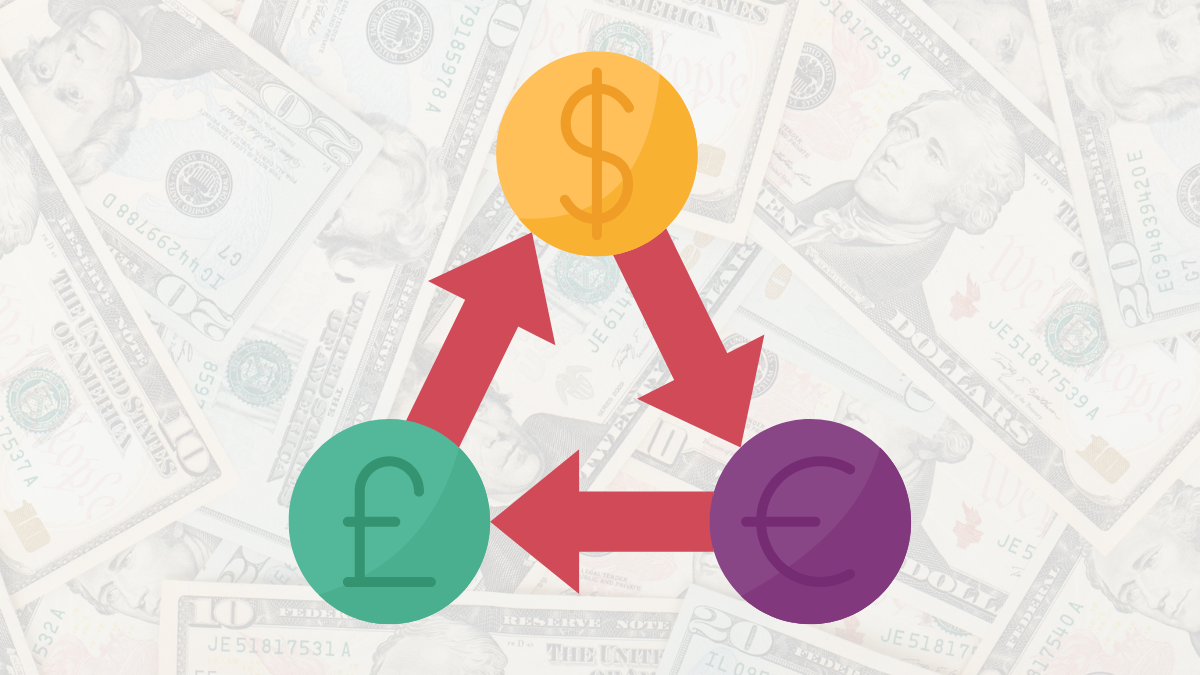How Bond Yields Affect Currency Trends
In the foreign exchange market, bond yields are one of the important indicators that influence currency trends. Changes in bond yields can reflect the market's expectations regarding a country's economic conditions and interest rate outlook, thereby affecting the value of that country's currency. This article will delve into how bond yields influence currency trends and explain the main mechanisms involved.What is Bond Yield?
Bond yield is the return rate that investors receive from purchasing bonds. Bond prices and yields have an inverse relationship: when bond prices rise, yields fall; and when bond prices fall, yields rise. Typically, the yield on government bonds is used as a benchmark, as government bonds are considered one of the safest investment tools and can reflect the overall economic health of a country. For example, the yield on the 10-year U.S. Treasury bond is an important indicator in the global financial market, and many investors base their predictions of the U.S. dollar's trend on its movements.
For example, the yield on the 10-year U.S. Treasury bond is an important indicator in the global financial market, and many investors base their predictions of the U.S. dollar's trend on its movements.The Relationship Between Bond Yields and Currency Trends
There is usually a positive correlation between bond yields and currency trends. When a country's bond yields rise, it typically indicates a favorable economic outlook, which may lead to higher investment returns. As a result, the country's currency usually strengthens. Conversely, when yields fall, it may indicate economic weakness or slowing inflation, thereby diminishing the attractiveness of the country's currency.- Rising Yields: When a country's bond yields rise, it usually attracts more domestic and foreign investors to purchase that country's bonds, as investors seek higher returns. This increases demand for the country's currency, causing it to appreciate. For example, if U.S. bond yields rise, investors may buy more dollar-denominated assets, thereby boosting the value of the dollar.
- Falling Yields: When bond yields fall, investors may look for other more profitable investment options, reducing demand for that country's bonds and currency. This can lead to depreciation of the country's currency. For example, if bond yields in the Eurozone decline, investors may reduce their holdings of euros, leading to a weaker euro.
Bond Yield Spread and Exchange Rate Trends
In addition to changes in a single country's bond yields, the yield spread between two countries (Bond Yield Spread) can also affect their exchange rate trends. The yield spread measures the difference between the bond yields of two countries, typically using the 10-year government bond yields for comparison. This difference can reflect the market's views on the economic outlook and interest rate policies of the two countries.For example, if the yield on the 10-year U.S. Treasury bond is higher than that of the Eurozone's 10-year government bond, it indicates that investors are more optimistic about the U.S. economy, which may lead to an increase in the exchange rate of the dollar against the euro (EUR/USD), as more investors shift their funds to dollar-denominated assets.
Interest Rate Policy and Bond Yield Interaction
Bond yields are closely linked to a country's interest rate policy. Central banks adjust benchmark interest rates based on economic conditions, and these changes directly affect the yields of short-term and long-term bonds. When the market expects the central bank to raise interest rates, bond yields typically rise, as investors seek higher returns.For example, if the Federal Reserve (Fed) is expected to raise interest rates, U.S. bond yields may rise in anticipation, which usually strengthens the dollar. Similarly, when the market expects a country to lower interest rates, that country's bond yields may decline, putting pressure on its currency.

Real Cases of Bond Yield Changes
Here are a few real cases that demonstrate how bond yields affect currency trends:- U.S. Rate Hike Cycle: During the U.S. rate hike cycle, U.S. bond yields typically rise, attracting a large number of investors to purchase dollar-denominated assets, which pushes up the dollar exchange rate. For example, between 2015 and 2018, the Federal Reserve raised rates multiple times, leading to a stronger dollar.
- Eurozone Debt Crisis: During the Eurozone debt crisis from 2010 to 2012, bond yields in Eurozone countries fluctuated significantly. When bond yields in countries like Greece soared, market confidence in the Eurozone declined, leading to a depreciation of the euro.
Investment Strategies Based on Bond Yields and Currency Trends
Understanding how bond yields affect currency trends is crucial for forex traders. Here are some practical investment strategy suggestions:- Monitor Interest Rate Expectations: Keep an eye on market expectations regarding the interest rate policies of various central banks, as this will directly impact changes in bond yields. For example, if the market expects a country to raise interest rates, it can be predicted that the country's currency may strengthen.
- Yield Curve: The yield curve is a chart that reflects the yields of bonds of different maturities. The shape of the curve can indicate the market's expectations for the future of the economy; for instance, when the yield curve steepens, it usually means the market expects economic growth, which is favorable for the country's currency.
- Yield Spread and Carry Trade: The yield spread provides opportunities for carry trading. When the yield spread between two countries is large, investors can take advantage of this difference for carry trades. For example, when U.S. yields are higher than Japanese yields, investors can go long on USD/JPY to profit from the yield differential.
Conclusion: The Key Role of Bond Yields in the Forex Market
Bond yields are an important indicator in the currency market, reflecting the market's expectations regarding a country's economy and interest rate policy. Understanding the changes in bond yields and their impact on currencies helps investors make more informed decisions in the forex market. As global economic conditions change, continuously monitoring bond yield trends is crucial for successful forex trading.Hi, We are the Mr.Forex Research Team
Trading requires not just the right mindset, but also useful tools and insights.Here, we focus on Global Broker Reviews, Trading System Setup (MT4 / MT5, EA, VPS), and Forex Trading Basics.
We personally teach you to master the "Operating Manual" of financial markets, building a professional trading environment from scratch.
If you want to move from theory to practice:
- Help share this article to let more traders see the truth.
- Read more articles on Broker Tests and Forex Education.





